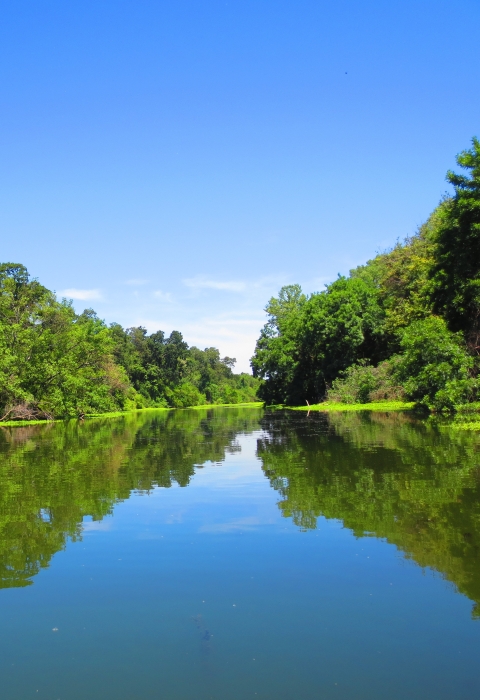SACRAMENTO, Calif. - The U.S. Fish and Wildlife Service today released a revised version of the 2014 critical habitat proposal for the western distinct population segment (DPS) of yellow-billed cuckoo. The revised proposal would designate 493,665 acres of critical habitat across portions of Arizona, California, Colorado, Idaho, New Mexico, Texas and Utah, a reduction of 56,184 acres from the 2014 proposal. The changes are the result of revisions made to the species’ conservation strategy and improved identification of areas determined to be essential to the conservation of the species, which is currently listed as threatened under the Endangered Species Act.
The western DPS of yellow-billed cuckoo is a neotropical migratory bird that breeds and raises young along rivers and streams in western North America and winters in South America. Listed as threatened in 2014, loss of riparian riparian
Definition of riparian habitat or riparian areas.
Learn more about riparian habitat and habitat fragmentation as a result of conversion of land for agriculture, impacts from dams and river flow management, streambank erosion, overgrazing and competition from exotic plants were determined to be key factors in the bird’s decline.
“Critical habitat helps us identify our best opportunities for species’ recovery,” said Jennifer Norris, field supervisor for the Sacramento Fish and Wildlife Office. “By designating critical habitat, we can work more effectively with our federal and state partners to preserve habitat that is essential for conservation of the cuckoo."
Developed using the best available science, the critical habitat designation would primarily affect federal agencies when they are conducting their actions, not private landowners. Although most of the proposed designated critical habitat is private land (approximately 208,547 acres), activities conducted by private landowners, when there is no associated federal action, would not be regulated.
The proposal will publish in the Federal Register on February 27, 2020. The publication opens a 60-day public comment period. Information on how to submit comments is available on www.regulations.gov by searching under the docket number FWS–R8–ES–2013–0011.
The U.S. Fish and Wildlife Service works with others to conserve, protect, and enhance fish, wildlife, plants, and their habitats for the continuing benefit of the American people. For more information about our work and the people who make it happen, visit www.fws.gov/Sacramento. Connect with us via Facebook, Twitter, YouTube, and Flickr.
-FWS-


